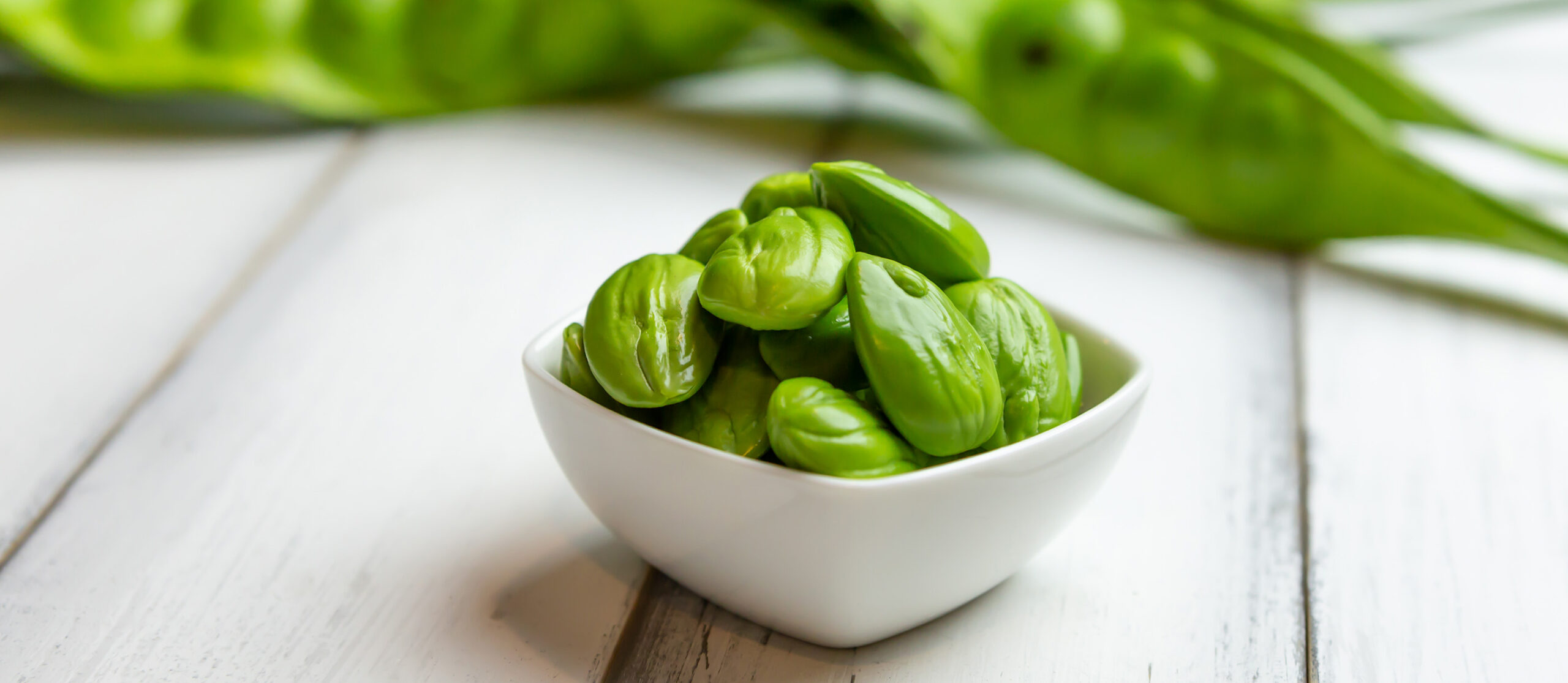Asian beans are an essential part of Asian cuisine and agriculture, offering a variety of flavors, textures, and nutritional benefits. These legumes play a significant role in many traditional dishes and are cultivated extensively across Asia. Whether used in savory meals, sweet desserts, or nutritious snacks, Asian beans provide a versatile and healthy addition to any diet.
In this comprehensive guide, we will explore the different types of Asian beans, their nutritional benefits, culinary uses, and how they contribute to sustainable agriculture.
Understanding Asian Beans
Asian beans refer to a wide range of legumes that are native to or commonly grown in Asia. They include soybeans, mung beans, adzuki beans, black beans, and more. These beans are used in various forms, including fresh, dried, fermented, or processed into different food products such as tofu, miso, and bean paste.
Popular Types of Asian Beans
Here are some of the most commonly known Asian beans:
1. Soybeans (Glycine max)
- Used to produce tofu, soy milk, soy sauce, and miso
- Rich in protein, fiber, and essential amino acids
- A staple in vegetarian and vegan diets
2. Mung Beans (Vigna radiata)
- Often used in soups, desserts, and savory dishes
- Sprouted mung beans are a popular ingredient in salads and stir-fries
- High in protein, fiber, and antioxidants
3. Adzuki Beans (Vigna angularis)
- Commonly used in sweet dishes such as red bean paste in East Asian desserts
- Known for their slightly sweet and nutty flavor
- A great source of iron and folate
4. Black Beans (Vigna mungo)
- Used in soups, curries, and fermented products
- Contains a high amount of plant-based protein
- Beneficial for heart health and digestion
5. Edamame (Young Soybeans)
- Typically boiled or steamed and served as a snack
- Rich in protein, vitamins, and minerals
- A popular appetizer in Japanese cuisine
Nutritional Benefits of Asian Beans
Asian beans are packed with essential nutrients, making them an excellent addition to a balanced diet. Here are some key benefits:
- High in Protein: Essential for muscle growth, tissue repair, and overall health.
- Rich in Fiber: Helps with digestion, weight management, and lowering cholesterol levels.
- Packed with Antioxidants: Protects cells from damage and reduces inflammation.
- Good Source of Vitamins and Minerals: Contains iron, magnesium, potassium, and folate, which are vital for various bodily functions.
- Supports Heart Health: Regular consumption of beans can help reduce the risk of heart disease.
Culinary Uses of Asian Beans
Asian beans are incredibly versatile and can be used in various ways in cooking. Here are some popular culinary uses:
Savory Dishes
- Soybeans: Used in making tofu, tempeh, and miso soup
- Mung Beans: Commonly found in Indian dal, Chinese soups, and Thai curries
- Black Beans: A staple in Chinese black bean sauce and Indian lentil stews
Sweet Dishes
- Adzuki Beans: Found in Japanese mochi, Chinese red bean buns, and Korean patbingsu (shaved ice dessert)
- Mung Beans: Used in Thai desserts like mung bean pudding
Fermented Products
- Soybeans: The base ingredient for soy sauce, miso, and natto
- Black Beans: Used to make fermented black bean paste in Chinese cuisine
Sustainable Agriculture and Asian Beans
Asian beans contribute significantly to sustainable agriculture due to their ability to fix nitrogen in the soil, reducing the need for synthetic fertilizers. Additionally, they require less water than other crops, making them an environmentally friendly choice.
Why Are Asian Beans Sustainable?
- Nitrogen Fixation: Enhances soil fertility and reduces dependence on chemical fertilizers
- Low Water Requirement: Ideal for regions facing water scarcity
- High Yield per Acre: Maximizes food production in limited space
For more insights into sustainable food choices, visit GM Research UK.
How to Incorporate Asian Beans into Your Diet
Adding Asian beans to your diet is simple and rewarding. Here are some easy ways to incorporate them into your meals:
- Make a hearty bean soup using mung beans, black beans, or soybeans
- Add sprouted mung beans to salads for a crunchy, nutritious boost
- Prepare a delicious bean paste for homemade Asian desserts
- Snack on steamed edamame sprinkled with sea salt
- Use fermented soy products like miso and tempeh for umami-rich flavors
For creative recipes and writing inspirations, check out Big Write Hook.
Conclusion
Asian beans are a powerhouse of nutrition, sustainability, and culinary versatility. Whether you enjoy them in savory dishes, sweet treats, or fermented foods, they provide numerous health benefits and support sustainable agriculture. By incorporating Asian beans into your diet, you can enjoy their rich flavors while promoting a healthier lifestyle and a more eco-friendly food system.
From soybeans to mung beans, the variety of Asian beans available offers endless possibilities for delicious and nutritious meals. Explore new ways to cook with these legumes and experience the vibrant flavors of Asian cuisine!
